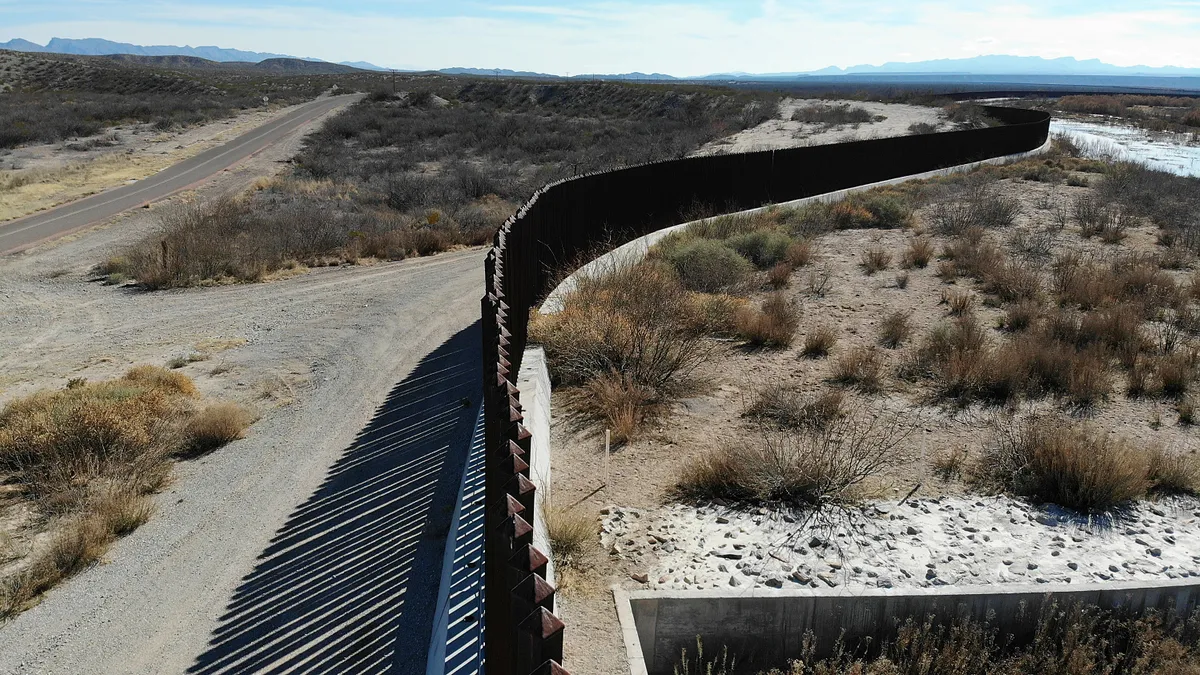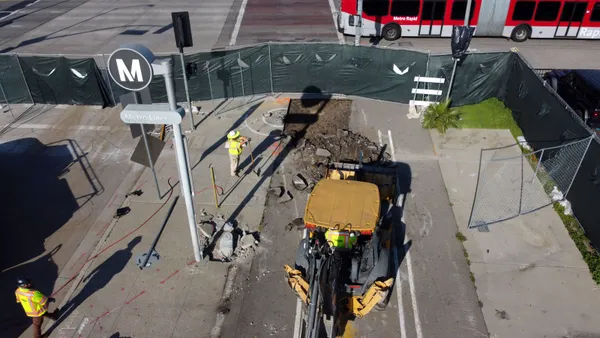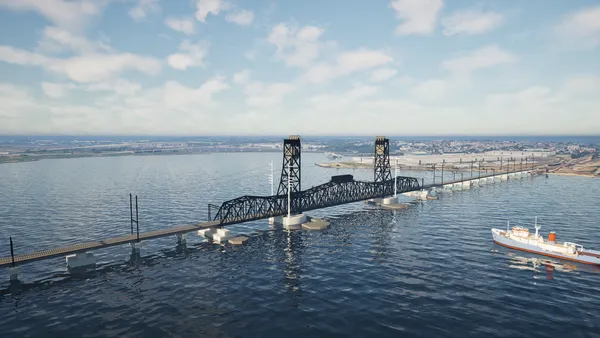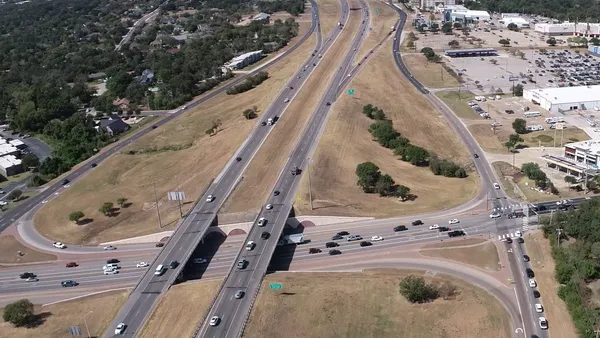Dive Brief:
- Twenty new miles of border wall have been fast-tracked in the Rio Grande Valley in South Texas, after the Biden administration waived 26 federal laws to push construction through. The waivers, posted in the Federal Registry Wednesday, skirt potentially time-consuming reviews and lawsuits challenging environmental, public health and cultural preservation laws violations.
- The Clean Air Act, Safe Drinking Water Act and Endangered Species Act were some of the federal laws the Department of Homeland Security waived. It’s the administration’s first use of the sweeping executive power, though former President Donald Trump used this tactic often to build out the border wall.
- In the announcement, the DHS said the new border wall in Starr County, Texas, will be erected in a busy Border Patrol area seeing “high illegal entry.” The project will be built with funds from a 2019 congressional appropriation for border wall construction, which stems from a Trump-era disaster declaration. The cost of the project has not been publicly disclosed.
Dive Insight:
U.S. Customs and Border Protection first announced the project in June, and shared a map of the additional construction in August. The barrier will start south of the Falcon Dam and go past Salineño, Texas.
The project entails 18-foot-high, 6-inch-diameter bollards embedded into a movable, concrete, Jersey barrier-style base, as well as gates, lighting, cameras and access roads, according to the CBP’s announcement.
Last month, CBP apprehended more than 200,000 migrants crossing the U.S.-Mexico border, the highest number so far this year. In September, Mexico agreed to deport migrants from its border cities to their home countries and take several other deterring measures.
“There is presently an acute and immediate need to construct physical barriers and roads in the vicinity of the border of the United States in order to prevent unlawful entries” in the Border Patrol’s Rio Grande Valley Sector, said DHS Secretary Alejandro Mayorkas in the announcement. “It is necessary to waive certain laws, regulations, and other legal requirements in order to ensure the expeditious construction of barriers and roads.”
Environmental reviews can add delays and costs to projects of all types. Permit review processes can last up to 10 years and delays cause the price tag to rise. The new border wall will run through the Lower Rio Grande Valley National Wildlife Refuge, which hosts endangered plants and animals like the ocelot.
Construction of the wall stops wildlife migrations and destroys habitat, environmental advocates say. Last month, the U.S. Government Accountability Office released a report detailing the severe damage that other portions of the border wall have caused to wildlife, public lands and Indigenous sites.
A U.S.-Mexico wall was a signature issue for former President Donald Trump, and about 458 miles of fencing and other barriers were built in multiple states along the nearly 2,000-mile southern border under his watch. Much of this involved updating or replacing existing barriers; the amount of new wall the federal government built covered 80 miles, 21 of it in Texas.
President Joe Biden vowed during his election campaign to stop all wall construction between the two countries, but since then, his administration has repeatedly funded efforts to shore up existing barriers and has also built new structures in Texas. Last summer, Biden also authorized gaps in the border wall near Yuma, Arizona, to be filled.















